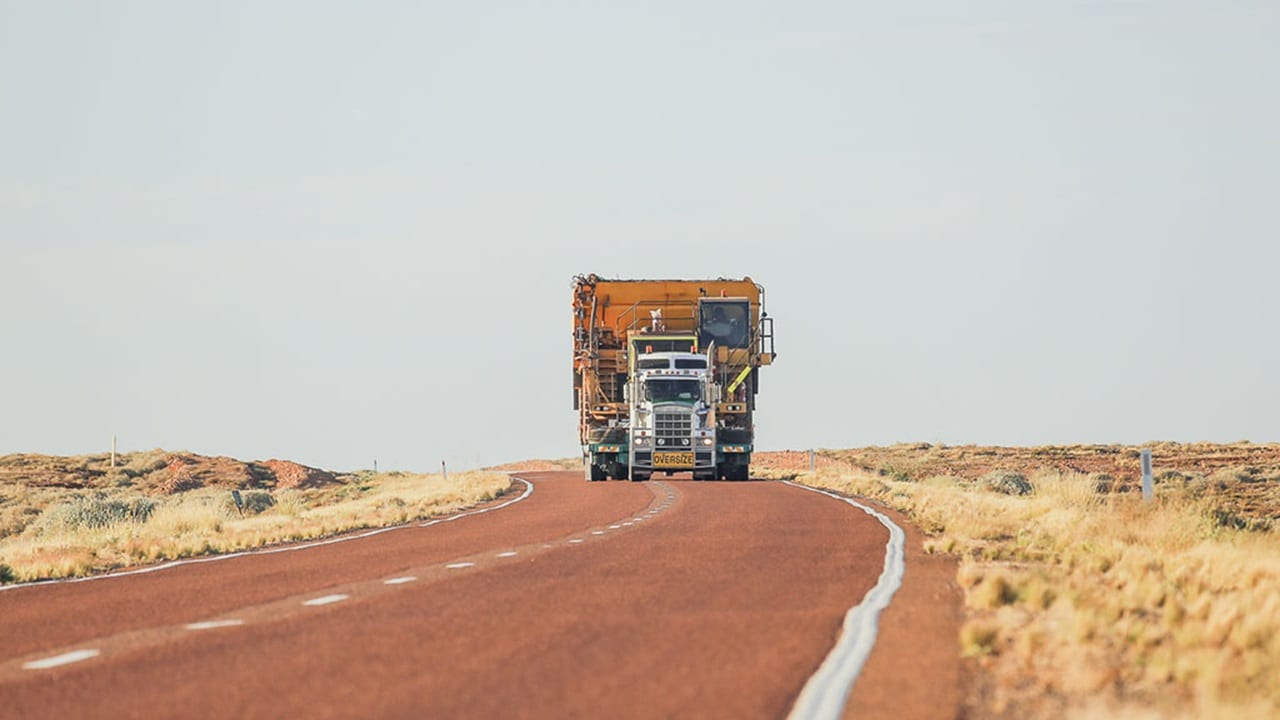How does one transport enormous objects across the globe?
Windmill blades, industrial batteries, paper mills, trainsets, helicopters, and harvesters are all large machinery that is integral to the operation of our farms, factories, and cities. However, these important items do not fit within TEU (twenty-foot equivalent unit) standard shipping containers, creating complexity when loading cargo ships, trains, and trucks.
Thus, getting oversized cargo from factory all the way to the end-user is a complicated dance of different modes, complicated paperwork, and numerous stakeholders; though these challenges can be overcome, and systems can be strengthened by the power of integrated logistics providers.
Difficulties with oversized cargo
Put simply, everything is a challenge when it comes to oversized cargo transportation. Challenges begin at production sites, where particular equipment like cranes are needed to lift the cargo onto a specialised truck and trailer. Then, trained professionals are deployed who have planned for this transportation and are able to execute the lashing and crating of the special cargo, securely fastening the products to the trailer.
To make matters a bit more complicated, it is commonplace for trucks carrying oversized goods to require special permits and an escort car when driving from the production site to the port. In some extenuating circumstances, oversized cargo transportation might necessitate the temporary removal of traffic signs, streetlights, or other proximal obstacles. Additionally, depending on the journey, building a temporary road might even be required to get the oversized cargo to port.
Once at port, another specialised crane is needed to move the cargo from the truck to the ship, usually by way of a flat-rack or open-top container. After the cargo's journey at sea, it returns to land with the same challenges it encountered from production to port, but with a bit more of a time pressure on this end. Often the oversized cargo needs to get to its final site at the exact time when it can be lifted and put in place, creating a crucial timing challenge for all steps in this process.

Overcoming oversized cargo transportation challenges
In order to tackle these issues with oversized cargo transportation, planning and organisation is key. Expertise is much more important when it comes to special cargo, as providers who are experienced within the industry have a better idea of what risks there are and how they can be managed. These experienced oversized logistics providers have the right processes in place and are capable of responding to the unique challenges that the cargo holds.
Robin Townley, Global Head of Special Project Logistics Growth Enablement at A.P. Møller-Maersk, explains the value that human expertise brings to the table, "An equally important asset in the oversize cargo supply chain - equal in my view to the ships and cranes and flatracks and trucks - is the human charged with making it all come together, safely and on time. Even with the best plans and most developed capabilities, things can still go wrong for all manner of reasons beyond our control. When they do - it's up to the judgement, knowledge and mindset of the colleagues involved to put things back on track." Additionally, as there are numerous dependencies in the supply chain of oversized cargo, delays require a lot of replanning and can easily derail transportation of the goods.
As each step in the process described above could be managed by a different provider, integrated logistics is particularly advantageous for oversized products. By partnering with an integrated logistics provider, the handovers that exist within the supply chain can be minimised, therefore greatly reducing complexity and potential risks like delays, issues with paperwork, and breakdowns in communication between providers.
By optimising the supply chain as much as possible, oversized cargo transportation can bypass many obstacles and potential issues. Additionally, integrated logistics providers have the expertise and experience associated with the unique needs of oversized cargo. Paired with the right equipment, a team of highly skilled and experienced integrated logistics providers can become the trusted advisors that companies rely on throughout their transportation journey.
What's next for oversized cargo?
The COVID-19 pandemic put in stark relief how fragile supply chains can be. Thus, the oversized cargo industry is looking to de-risk supply chains and increase resilience moving forward, for a more future-proof supply chain. In order to do this, some companies are looking to move production facilities closer to market, while others are looking to diversify and create multi-polar supply chains where no singular point of failure exists. This allows companies to be more agile if disruptions do occur.
If the last two years have taught us anything, it is that there is an increased appreciation of the role of assets and asset control, which greatly supports the approach of integrated logistics. Perhaps unsurprisingly, many businesses are looking to move into a more integrated view of supply chains, thus optimising the entire process - from procurement to fulfilment.
With many steps in the time-bound and complex process of transporting special cargo, it begins to feel a bit like a great effort for these goods to get anywhere across the globe. However, with the right partner, companies that need to engage in oversized cargo transportation can rest easy knowing their goods are in the care of experts.
未来,您想随时了解必读行业趋势吗?
您已经完成了,欢迎“登船”!
很抱歉,发送您的联系请求时出现问题。
请查看表单字段,确保所有已正确填写所有必填信息。如果问题仍然存在,请联系我们的支持团队以获得进一步的帮助。
未来,您想随时了解必读行业趋势吗?
使用此表格注册,即可直接在您的邮箱中接收我们的洞察见解,进入一个真正的综合物流世界。简单操作,即从我们为您量身定做的精选文章中获得启发,了解相关行业洞察信息。您可以随时取消订阅。













